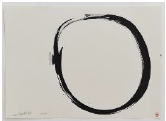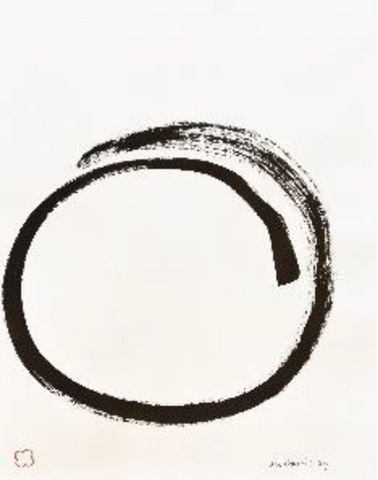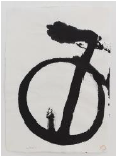Max Gimblett

Max Gimblett is a prominent New Zealand painter. His philosophies and practices encompass influences as varied as Abstract Expressionism, Modernism, Eastern and Western spiritual beliefs, Jungian psychology and ancient cultures.
In 2009 Gimblett became one of the first New Zealand artists to have an artwork exhibited in the Guggenheim in New York. Lion (1985) was included in an exhibition titled The Third Mind: American Artists Contemplate Asia, 1860-1989. The piece hung next to works by international heavyweight artists such as Robert Motherwell, James Whistler, Robert Rauschenberg, Nam June Paik, John Cage and Yoko Ono and is now part of the Museum's permanent collection. His international significance was further cemented with his inclusion in another major exhibition in the United States, this time at the Warhol Museum in Pittsburgh, Pennsylvania in 2011.
Born in New Zealand, Gimblett has been primarily based in New York since 1972, and continues to exhibit regularly in both locations. This mix of cultures and aesthetics is evident in Gimblett’s work, which consists largely of object based paintings. His shaped canvases convey various associations and meanings connected to the oval, rectangle, tondo, keystone, and the quatrefoil, for which Gimblett is most recognised.
The use of the quatrefoil refers to a multiplicity of meanings as it dates back to pre-Christian times and is found in both Western and Eastern religions symbolising such objects as a rose, window, cross and lotus. Combinations of gold, silver, copper, bronze, epoxy, resin, plaster, paint and pigments create extremely delicate surfaces which are often interrupted by bold gestural brush marks in acrylic polymers and paints. The religious associations of his materials, particularly the association of precious metals, to honour, wisdom, enlightenment and energies also reiterates his exploration of spiritual beliefs.



